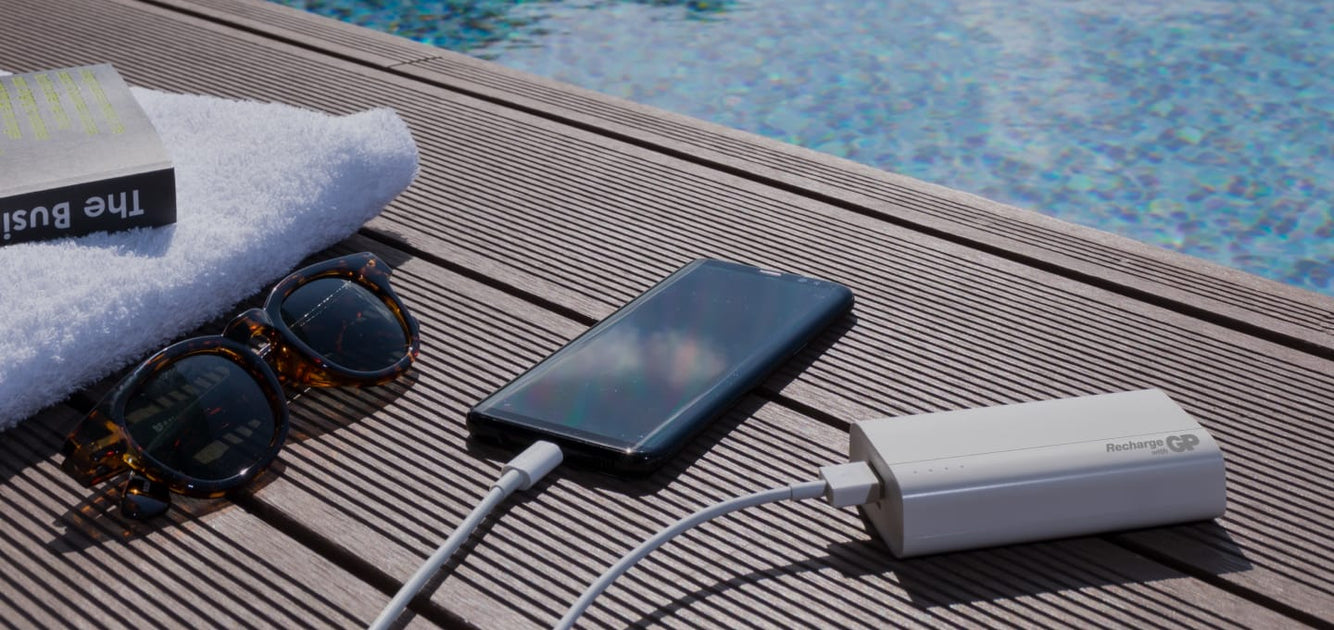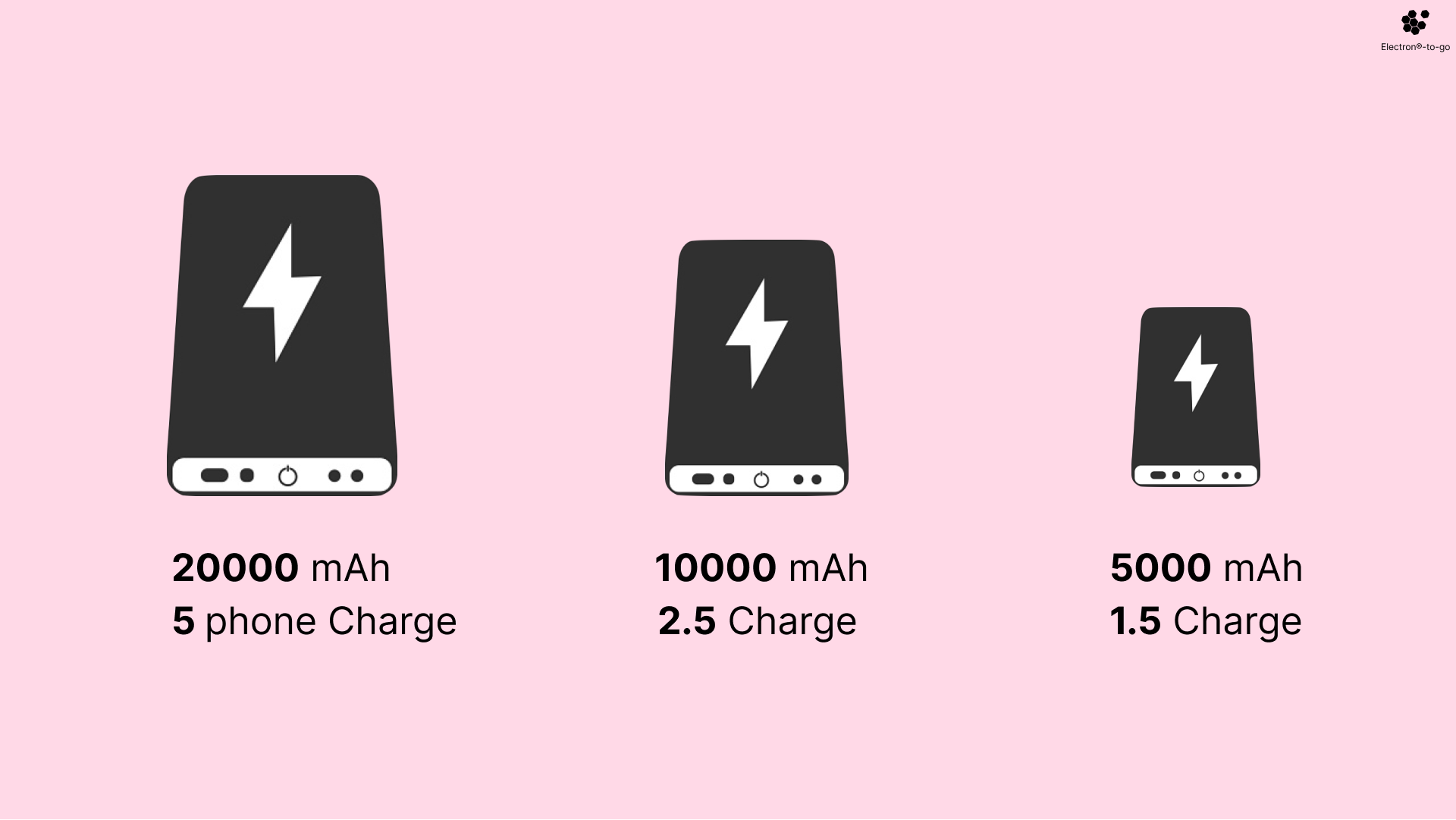Choosing the right power bank can be tricky. With so many options, how do you pick the best one?
Let’s dive into the basics and make this decision easier. Power banks are lifesavers for our gadgets. They keep our devices charged when we’re on the go. But not all power banks are the same. Some charge faster, some last longer, and others come with extra features.
Understanding your needs is key. Whether you need it for your phone, tablet, or laptop, knowing what to look for can save you time and money. In this guide, we’ll help you figure out the important factors. By the end, you’ll know exactly which power bank suits your lifestyle. Ready to find your perfect match? Let’s get started!
Understanding Power Banks
A power bank is a portable battery. It charges your devices on the go. People use it for phones, tablets, and more. It stores electrical energy. You can use it later when your device runs out of battery. Handy for travel, work, and emergencies.
Power banks are used in many situations. They are useful while traveling. No need to find a plug. Use them at work for extra battery. Great for camping and hiking. Keeps your devices alive. Perfect for emergencies. Always have a backup.

Credit: uk.gpbatteries.com
Determining Your Power Needs
Understanding your device usage helps determine the right power bank capacity. Calculate the total mAh needed for your gadgets.
Device Compatibility
Make sure your power bank works with your device. Check if it supports your phone, tablet, or laptop. Different devices need different power outputs. Some power banks have multiple ports. This can help charge more than one device at once. Look for USB-A or USB-C ports. These are common and versatile. Always read the specifications before buying.
Capacity Requirements
Capacity is measured in milliamp hours (mAh). Higher mAh means more power. Choose a power bank with enough capacity for your needs. Small devices need less capacity. Bigger devices need more. For example, a phone might need 10,000 mAh. A laptop might need 20,000 mAh or more. Match the power bank’s capacity to your device’s battery size.
Considering Portability
Small and light power banks are easy to carry. They fit in your pocket or bag. Heavy and bulky ones are hard to travel with. Check the dimensions before buying. Slim designs are best for daily use.
Choose a power bank that fits in your hand. Compact models are best for travel. They take up less space. Larger power banks can charge more devices. But they are heavier. Look for a balance between size and power.

Credit: uk.gpbatteries.com
Evaluating Battery Capacity
mAh stands for milliampere-hour. It measures battery power. A higher mAh means more power. A 10,000 mAh power bank can charge a phone 2-3 times. Small devices need less power. Laptops need more power. Check your device’s battery size. Match it with the power bank’s mAh.
Choose a power bank that fits your device. A tablet needs more power than a phone. A laptop needs even more. Make sure the power bank has enough mAh. You don’t want to run out of power. Look at your device’s battery size. Pick a power bank that can charge it fully. Better to have a bit more mAh than too little.
Checking Charging Speed
Input power affects how quickly the power bank recharges. Higher input power means less wait time. Output power impacts the charging speed of your devices. Look for power banks with at least 2.1A output.
Fast charging technology can save time. Power banks with Quick Charge or Power Delivery (PD) are best. These technologies charge devices faster. They are great for busy days.

Credit: uk.gpbatteries.com
Assessing Build Quality
The material of the power bank matters. Plastic is light but may break easily. Metal feels strong but can be heavy. Rubber coating can protect against drops. Check if the power bank can handle daily use. Read reviews to see what others say about it.
A trusted brand is important. Well-known brands often have better quality. Unknown brands might be risky. Look for brands with good reviews. Ask friends which brands they trust.
Exploring Additional Features
Having multiple ports on a power bank is very useful. It allows you to charge more than one device at the same time. This is great if you have a phone and a tablet. You can charge both without waiting. Some power banks even offer different types of ports. For example, USB-A and USB-C. This gives you more options to connect different devices.
Safety features are very important in a power bank. Look for overcharge protection. This keeps your device from getting too much power. Short-circuit protection is also key. It prevents damage to both the power bank and your device. Temperature control is another good feature. It stops the power bank from getting too hot. These features make sure your devices stay safe while charging.
Comparing Prices
To choose the right power bank, compare prices and features. Ensure compatibility with your devices. Consider battery capacity and charging speed.
Budget Options
Budget power banks cost less. They are good for basic needs. These power banks are usually small and light. They charge phones once or twice. Some budget options have slow charging. Always check the capacity. Look for 5000mAh or more. This is enough for most phones. Ensure it has at least one USB port.
Premium Choices
Premium power banks cost more. They offer better features. They charge faster and have more capacity. Some can charge laptops. Many have multiple ports. Premium models often have extra features. Wireless charging is one such feature. Look for 10000mAh or more. These power banks last longer. They are good for heavy users.
Frequently Asked Questions
What Is A Power Bank?
A power bank is a portable device that stores and provides electrical power. It is used to charge smartphones, tablets, and other electronic devices on the go.
How Do I Choose A Power Bank Capacity?
Choose a power bank capacity based on your device’s battery size. For multiple charges, opt for a higher mAh rating.
Are Power Banks Safe To Use?
Yes, power banks are safe when used correctly. Ensure you buy from reputable brands and follow the manufacturer’s instructions.
How Long Does A Power Bank Last?
A power bank’s lifespan depends on usage and quality. Typically, it can last between 300 to 500 charge cycles.
Conclusion
Choosing the right power bank is crucial for staying connected. Consider battery capacity, charging speed, and portability. Check compatibility with your devices. Read user reviews for real-life insights. A good power bank can be a lifesaver when your device runs out of battery.
Make a smart choice and enjoy the convenience. Happy charging!
